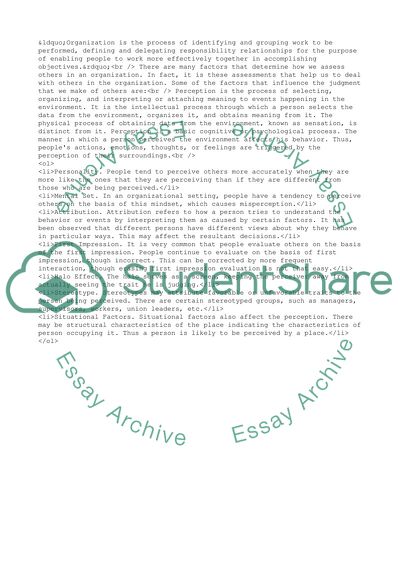Cite this document
(Organizational Behavior Case Study Example | Topics and Well Written Essays - 1750 words - 3, n.d.)
Organizational Behavior Case Study Example | Topics and Well Written Essays - 1750 words - 3. Retrieved from https://studentshare.org/management/1707119-organizational-behaviour
Organizational Behavior Case Study Example | Topics and Well Written Essays - 1750 words - 3. Retrieved from https://studentshare.org/management/1707119-organizational-behaviour
(Organizational Behavior Case Study Example | Topics and Well Written Essays - 1750 Words - 3)
Organizational Behavior Case Study Example | Topics and Well Written Essays - 1750 Words - 3. https://studentshare.org/management/1707119-organizational-behaviour.
Organizational Behavior Case Study Example | Topics and Well Written Essays - 1750 Words - 3. https://studentshare.org/management/1707119-organizational-behaviour.
“Organizational Behavior Case Study Example | Topics and Well Written Essays - 1750 Words - 3”. https://studentshare.org/management/1707119-organizational-behaviour.


